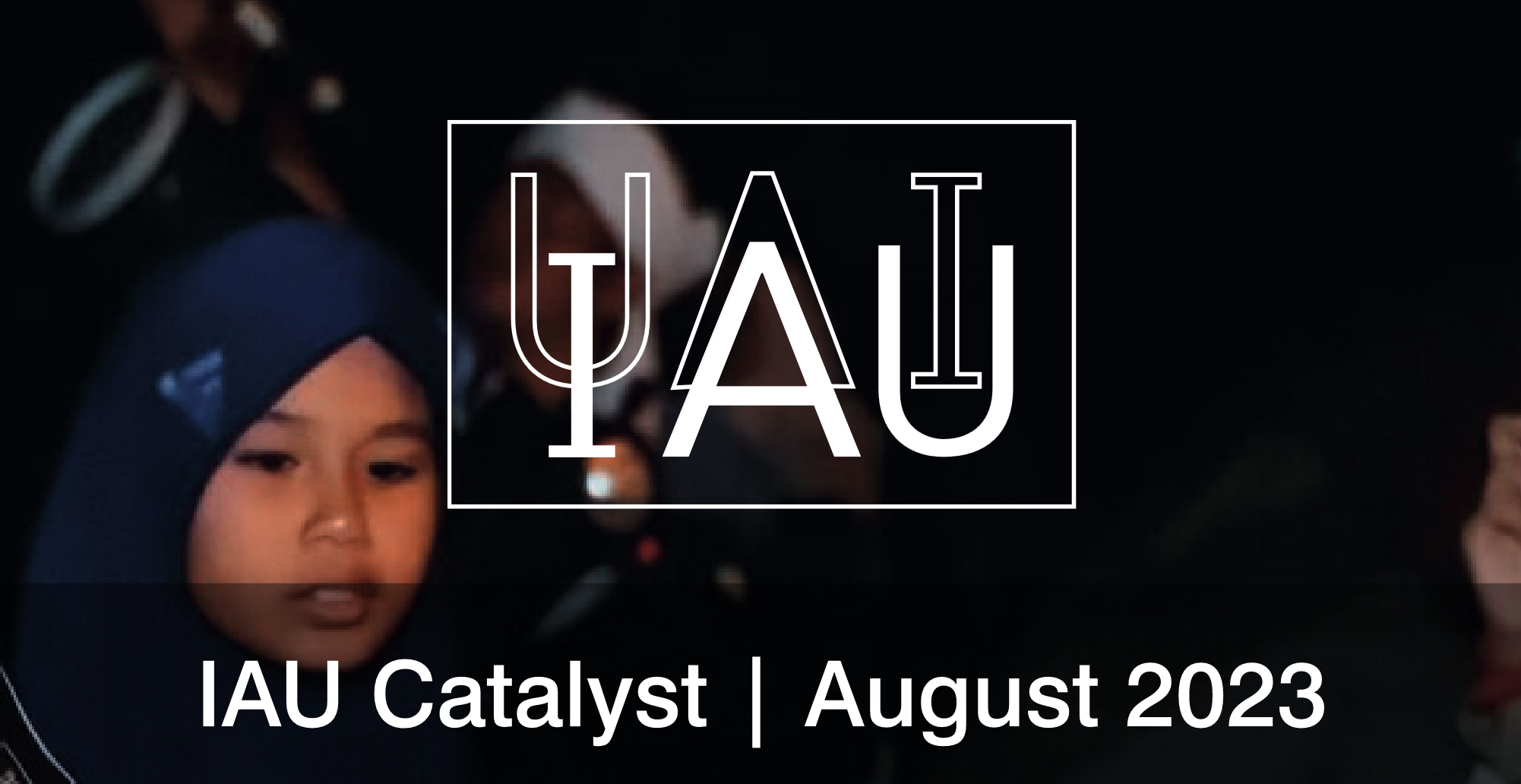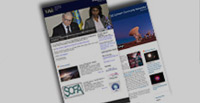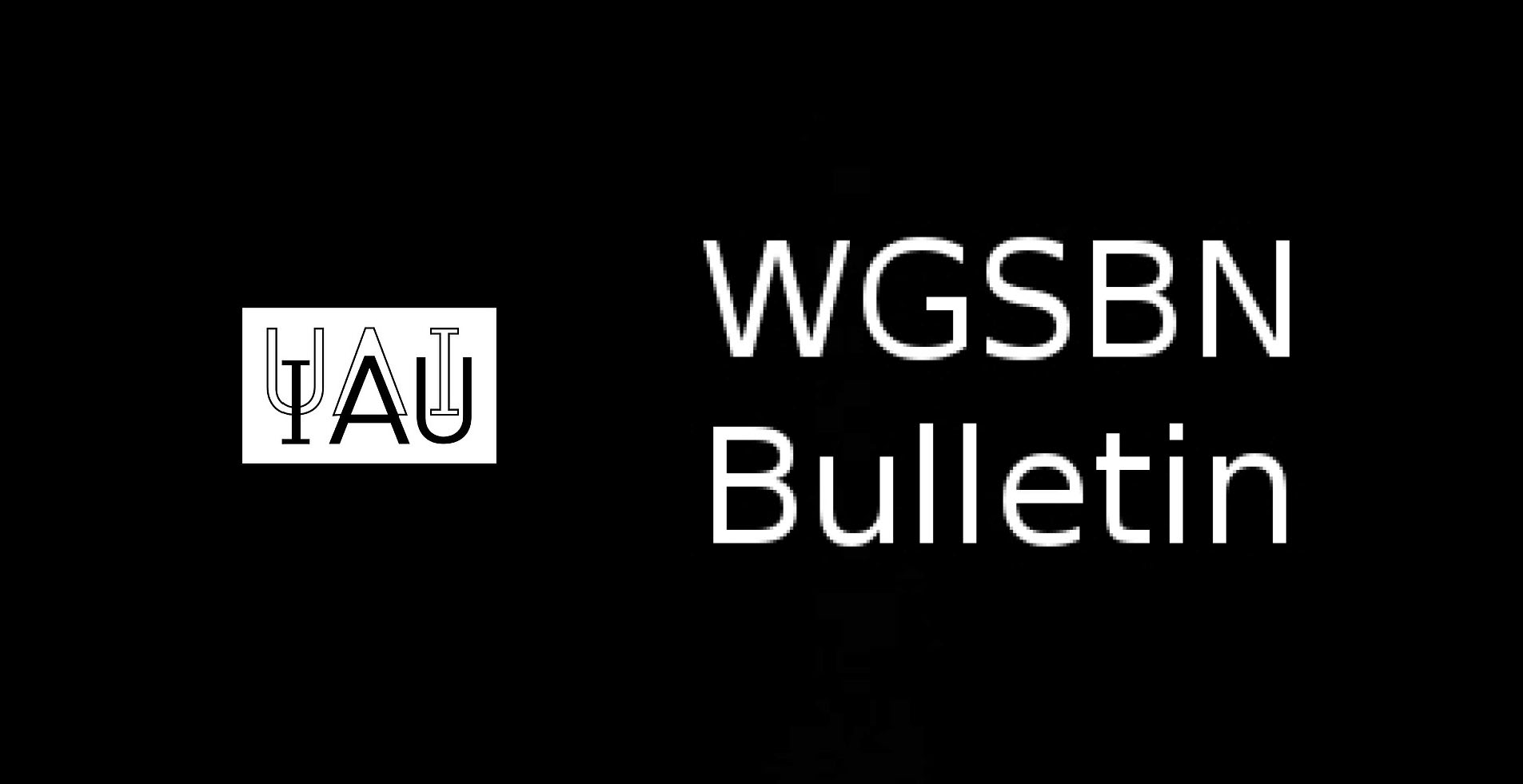- News
- Science
- Scientific Bodies
- Divisions
- Commissions
- Commission A1 Structure
- Commission A2 Structure
- Commission A3 Structure
- Commission A4 Structure
- Commission B1 Structure
- Commission B2 Structure
- Commission B3 Structure
- Commission B4 Structure
- Commission B5 Structure
- Commission B6 Structure
- Commission B7 Structure
- Commission C1 Structure
- Commission C2 Structure
- Commission C3 Structure
- Commission C4 Structure
- Commission C5 Structure
- Commission D1 Structure
- Commission E1 Structure
- Commission E2 Structure
- Commission E3 Structure
- Commission E4 Structure
- Commission F1 Structure
- Commission F2 Structure
- Commission F3 Structure
- Commission F4 Structure
- Commission G1 Structure
- Commission G2 Structure
- Commission G3 Structure
- Commission G4 Structure
- Commission G5 Structure
- Commission H1 Structure
- Commission H2 Structure
- Commission H3 Structure
- Commission H4 Structure
- Commission J1 Structure
- Commission J2 Structure
- Commission J3 Structure
- Commission X1 Structure
- Commission X2 Structure
- Past Commission Organising Committees
- Working Groups
- Centres
- Scientific Meetings
- Rules & Guidelines
- General Assemblies
- Meeting Proposals
- Future IAU Meetings
- General Assemblies
- EC Meetings
- Officers' Meetings
- Regional Meetings
- Symposia
- Focus Meetings
- Institutional Meetings
- IAU Offices Meetings
- IAU-Sponsored Meetings
- Letters of Intent submitted for 2024
- Letters of Intent submitted for 2023
- Letters of Intent submitted for 2022
- Letters of Intent submitted for 2021
- Letters of Intent submitted for 2020
- Past IAU Meetings
- Templates
- Other Meetings
- Grants & Prizes
- Scientific Bodies
- Publications
- IAU Publications
- IAU Strategic Plan
- Symposia
- WGSBN Bulletins
- Regional Meetings
- Information Bulletins/Catalyst
- E-Newsletters
- Focus Meetings
- Transactions A
- Transactions B
- Related Publications
- GA Newspapers
- CAPjournal
- IAU Books
- Brochures
- IAU Offices
- WG Reports
- Commission Reports
- Division Reports
- Past IAU Publications
- Rules, Guidelines and Instructions for Proceedings
- Publishers
- IAU Publications
- Administration
- About the IAU
- Statutes & Rules
- IAU Policies
- IAU Executive Bodies
- IAU Secretariat
- Resolutions
- Members Administration
- Administrative Dates & Deadlines
- International Organisations Relations
- Donate to the IAU
- Training in Astronomy
- Astronomy for Education
- Astronomy for Development
- Astronomy for the Public
- Office for Astronomy Outreach
- FAQ
- Themes
- Satellite Constellations
- Astronomy in Everyday Life
- How to Report a Discovery
- Careers in Astronomy
- Defining our Place in the Cosmos
- The Constellations
- Light Pollution
- Measuring the Universe
- Near Earth Objects
- How to Participate in Astronomy Research
- Naming of Astronomical Objects
- Naming of Exoplanets
- Buying Star Names
- Naming Stars
- Pluto and the Solar System
- IAU Member Statistics
- Our Moon: the Moon
- Meteors & Meteorites: The IAU Definitions of Meteor Terms
- UNESCO-IAU Portal to the Heritage of Astronomy
- Social Media
- Past Events
- Call for Online Resources
- Astronomy@Home Awards
- Contact

Roman L. Sorochenko
Russian Federation
1924-2017
Obituary:
Roman L. Sorochenko (1924-2017), one of the pioneers of radio astronomy, participated in the design and construction of the first radio telescopes, the discovery of radio recombination lines and the creation of a new field in radio astronomy – radio spectroscopy.
In 1942 after graduation from high school at the age of 18, he went to the German-Russian front of WW2 as an ordinary infantry soldier. He was decorated with one order and several medals. In 1947 he entered the Moscow State University Faculty of Physics and Technology (later Moscow Institute of Physics and Technology – Phys-Tech), and graduated with the equivalent of a master degree in 1952. At that time, his teachers were Axel Berg, Lev Landau, Pyotr Kapiza, and others. While a student, he started working in FIAN (the P. N. Lebedev Physical Institute) in the Oscillations Laboratory headed by Alexander Prokhorov. His research in radio astronomy was initially connected with the development of the first (in the USSR) reflector radio telescope (7.5-m diameter, 1949). Later, he participated in the construction of the 22-m radio telescope in Pushchino, the development of quantum parametric amplifiers (masers) for radio astronomy (joint paper with Martirosian and Prokhorov), including the development of a 36.5 GHz maser amplifier for the Pushchino 22-m radio telescope, which allowed him (jointly with Borodzich) to discover radio recombination lines in 1964.
Since 1964, his work concentrated primarily on the detection of radio recombination lines and studying giant (Rydberg) atoms in space. Sorochenko’s contribution in this field was vast. It includes the first detection of radio recombination lines, observations of RRLs over an enormous range of wavelengths -- from 8 mm to 10 m, solving the problem of the compensation of Stark broadening (with Minaeva and Sobel’man), the prediction of inhomogeneity/clumps in HII regions (with Pikel’ner and Gulyaev), pioneering observations of high-order RRLs (with Smirnov and Pankonin), estimation of primordial Helium abundance (with Ztivilev et al.), of the rate of ionisation of the interstellar hydrogen by cosmic rays (with Smirnov), and others. His monograph Radio Recombination Lines (with M. Gordon) discussed more than a thousand publications and is widely considered to be one of the most comprehensive reviews of radio recombination lines.
Contributed by Sergei Gulyaev
Reference:
https://rahist.nrao.edu/sorochenko_bio-memoir.shtml
Past affiliation(s) within the IAU
- Past Member of Division B Facilities, Technologies and Data Science
- Past Member of Commission 40 Radio Astronomy (until 2015)
- Past Member of Division X Radio Astronomy (until 2012)
Search individual members

















